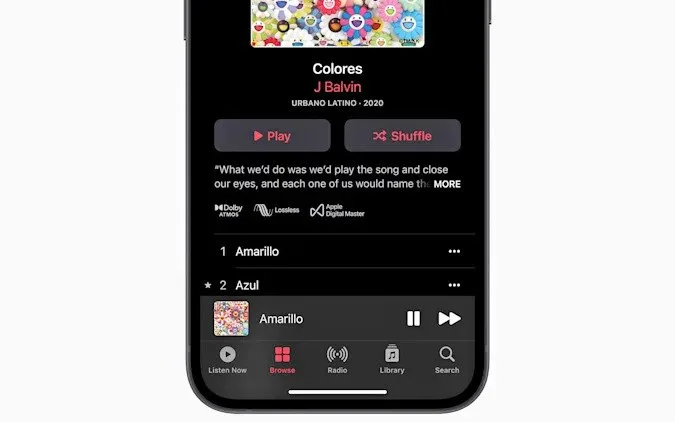The “Apple effect” can be as helpful as it is infuriating. A good technology can exist for years, and many won’t care until it gets the Cupertino seal of approval. To that end, a lot of people are starting to care about “high resolution” digital audio as the company launched its upgraded music service to the masses.
- $10 at Amazon
Ugreen USB-C to 3.5mm headphone adapter
- $199 at Amazon
Apogee Groove
- $259 at Amazon
AudioQuest – Dragonfly
- $150 at Amazon
FiiO Q3
- $231 at Amazon
iFi Hip Dac
But as many were quick to point out, some of Apple’s own products don’t necessarily support the higher sample rate and bit-depths on offer. No worries, there’s a dongle for that. (And there are options for Android and the desktop, too.)
As hinted, it's not just Apple in on the hi-resolution game: Qobuz, Tidal and Deezer have been doing it for a while, and Spotify is planning on introducing its own version soon. The products in this guide will play nice with any of these services, aside from Tidal's MQA, which is a little more specific (and we have options for that as well).
Why do I need new hardware to listen to music?

The short answer is, you don’t. You can play “hi-res” audio files on most phones and PCs, you just might not be getting the full experience. If your device’s audio interface tops out at 44.1 or 48kHz (which is fairly common and covers the vast majority of music online) then that’s the experience you’ll get. If you want to enjoy music at a higher sample rate and bit-depth (aka resolution), you’ll need an interface that supports it and wired headphones.
It’s worth pointing out that “lossless” and “hi-res” are related terms, but not the same thing and will vary from service to service. Apple uses ALAC encoding which is compressed, but without “loss” to the quality (unlike the ubiquitous .aac or .mp3 file formats). CDs were generally mastered to at least 16-bit / 44.1kHz which is the benchmark that Apple is using for its definition of lossless. In audio circles, a general consensus is that hi-res is anything with a sample rate above 44.1kHz. Increasingly, though, the term is being used for anything 96kHz and above.
This, of course, isn’t only about Apple’s new streaming formats. External DACs and audio interfaces are a great way to get the best sound and upgrade your listening experience generally. Especially if you want to get into the world of more exotic (read: pricey) headphones, as they often even require a DAC to provide enough clean signal to drive them. For audiophile headphones, a phone or laptop’s built-in sound chip often doesn’t have the oomph needed.
Okay, but can’t I just use the headphone adapter for my phone?
No. Well, yes, but see above. A Lightning or USB-C to 3.5mm headphone adapter often is an audio interface and most of the ones you’re buying for $7 (or that come free in the box) do not support hi-res audio beyond 48kHz / 24-bit. Android is a little more complicated, as some adapters are “passive” and really just connect you to the phone’s internal DAC like old school headphones. Others (active ones) have a DAC built-in and good luck finding out what your specific phone and the in-box adapter delivers. (Hint: connect it to a PC and see if it comes up as an audio interface. You might find some details there if it does).
